Childhood Nutrition: What Really Matters
As an Amazon Associate and member of other affiliate programs, I earn from qualifying purchases.
We all know our children need to eat to be healthy and strong. But do we know what and why? Calories and diet culture aside, let’s talk about what nutrients our kids need. More specifically, let’s talk about how the food groups help guide suggested serving sizes and children’s nutrition. This post is sponsored by KidsFunwares.
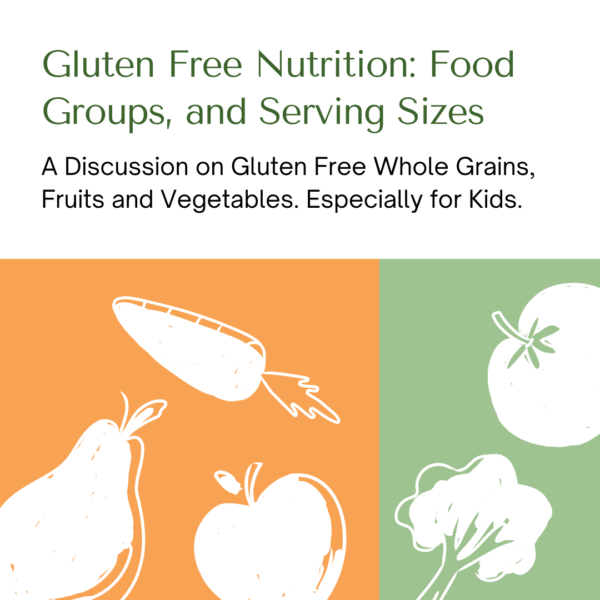
I’m Not A Medical Professional
Firs things first. I am not a doctor. Nor am I a dietitian, nurse, gastroenterologist, or any other trained medical professional. I took one nutrition class, but this does not make me a dietitian. Should you want to talk to a dietitian, I know quite a few I can refer you to. (For instance, Tricia Thompson, Shelley Case and Melinda Dennis.)
13 years ago, I worked as a nanny. I watched my niece and nephew, which put me in charge of feeding them breakfast, lunch and even sometimes dinner. I look back on those days realizing I didn’t really know what a portion size was, nor knew if I was giving them the best nutrition.
This is NOT about Weight or Dieting
Please know that this post has nothing to do with calories, dieting, “clean eating,” or food shaming. This article is not about weight loss. My simple goal focuses on explaining the nutrients we get from the 5 food groups, and the suggested minimum we should encourage our children to eat.
Please hear this. You are the parent. You know your child best. Some days they will eat more. Some days they will eat less. My goal is to help you feel empowered to make the best decisions on what to serve your children. I use the My Plate Daily Guidelines for reference on this post, specifically for children ages 4-8.
Childhood Nutrition & The Five Food Groups
Fruit: 1- 1.5 cups per day
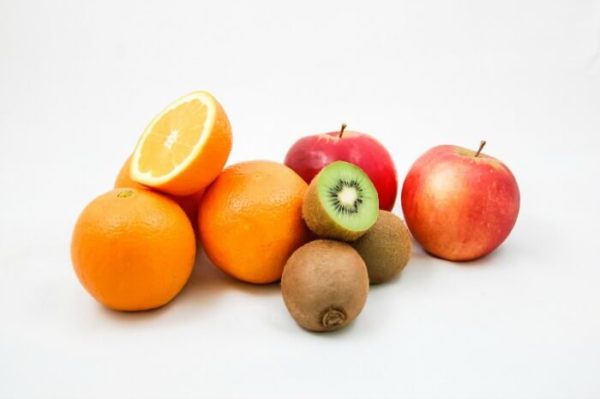
In general, foods within a food group are placed together based on the nutrients that they offer. While fruits contain many nutrients, they are high in vitamins A, C and potassium. They also contain fiber, and therefore benefit us best when eaten whole. (As opposed to juice.) A serving size of fruit is 1/2 cup, or one medium apple or orange. Therefore, children ages 4-8 should aim for 2-3 servings of fruit a day.
Vegetables: 1.5 cups per day
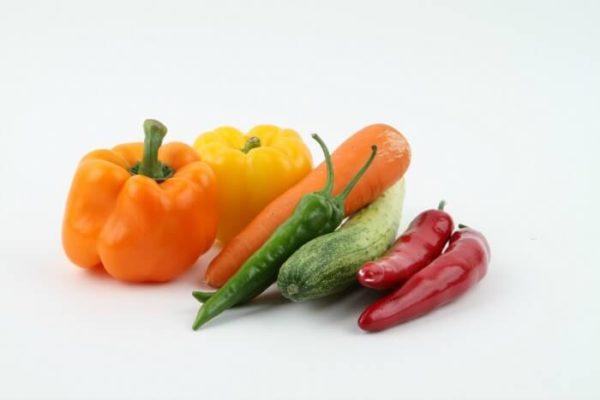
In addition to vitamins A & C, vegetables also contain folate, iron and magnesium, in addition to many others. Your body uses folate to create new DNA. Iron (in hemoglobin) moves oxygen to your cells. Lastly, magnesium regulates muscle and nerve function. Needless to say, vegetables are pretty important for nutrition! One serving equals 1/2 cup of cooked or raw vegetables. Therefore, children ages 4-8 should aim for 3 servings of vegetables a day.
Tip- Include vegetables at snack time to help reach the recommended servings per day.
Grains: 5 ounces per day
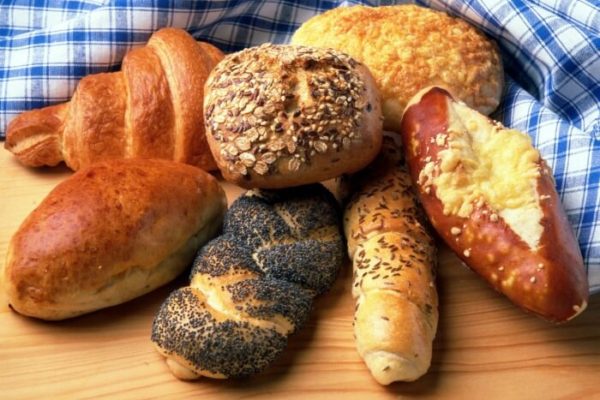
When living with Celiac Disease, this food group causes us the most grief. Especially when best nutrition advice suggests eating whole grains. Many gluten free foods are highly refined and do not contain the important B vitamins that regular products are fortified with. 1 ounce of grains equals one slice of bread, 1 cup of cereal or 1/2 cup of cooked rice or pasta.
For those with Celiac Disease, sources of “safe” whole grains include corn, buckwheat, teff, amaranth, quinoa and more. Many tolerate oats, however I recommend only eating those grown under a purity protocol. (Read this for more info on oats.) I also recommend baking with fortified gluten free flours, such as King Arthur Flour.
Protein: 4 ounces per day
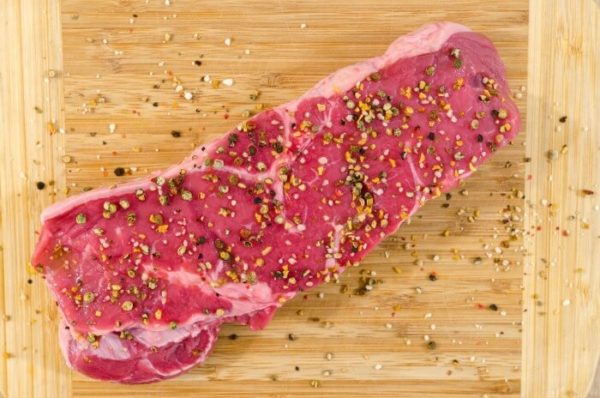
Protein is the main nutrient we receive from eating meat and animal proteins. (Also, vitamin B12, which is only found in animal proteins.) Protein is also present in plants, mainly in beans. (Legumes, not green beans.) A serving of protein equals 1 oz of meat, 1/4 cup of cooked beans, 1 egg or 1 tbsp of peanut butter.
Dairy: 2.5 cups per day
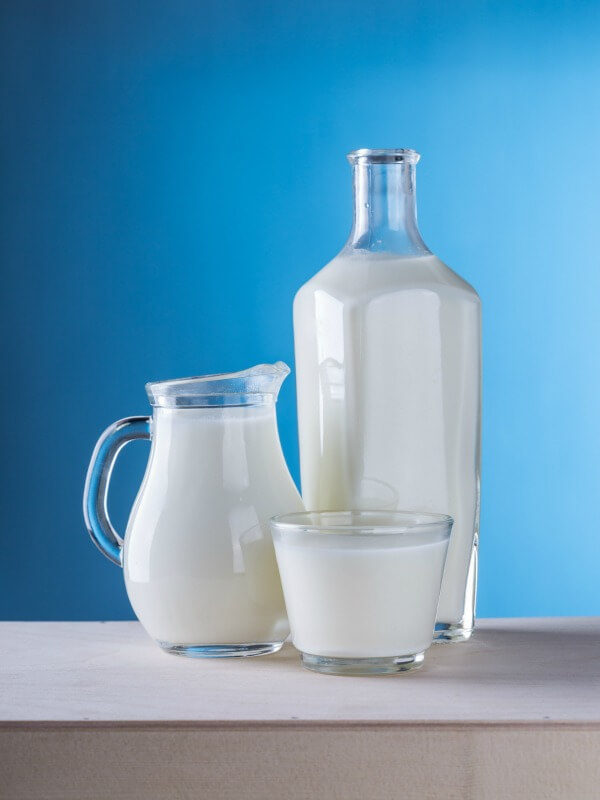
The main nutrients in dairy are calcium and vitamin D. For those following a vegan diet or live with dairy allergies, tofu and greens (such as kale and spinach) are also good sources of calcium. One serving of dairy equals one cup of milk or yogurt, or 2 ounces of processed cheese. As a reminder, these daily totals are for children ages 4-8.
That’s All Good Info, But HOW?
When it comes to childhood nutrition, I believe in giving children options. When I worked as a nanny, I offered them a choice between two fruits (or vegetables) and let them pick one. Also, if possible, engage kids when meal planning. As much as possible, involve them in the process of making nutritious choices.
As I mentioned, I do not hold a degree in dietetics. However, my friend Mary Ellen at Milk and Honey Nutrition does! As a woman living with Type 1 Diabetes and Celiac Disease, I highly value her guidance and opinion. Her post on Snack Lunch and Snack Dinner ideas also gives excellent guidance on the topic of nutrition in meals for youngsters.
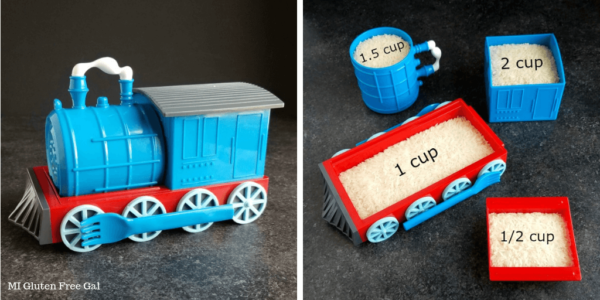
Fun and Easy Portion Size Guidance
I hate dirtying dishes. Most of us are busy, and we’re trying to get dinner on the table quickly. Nobody has time to measure out each food group on a plate. That’s why I like meal kits that have built in portion sizes to aid with childhood nutrition. I discovered this Chew Chew Train while at the Inspired Home Show, and instantly fell in love. I have a special youngster in my life and KNEW he would love it.
This train meal set (which also comes in other colors), comes apart in separate serving trays. I measured dry rice into each portion to show the amount each can hold. The smallest tray holds the perfect amount of fruit of vegetables, while the large tray is perfect for two servings of cooked rice or pasta. (Hello mac n cheese!) (Kids Funwares also makes a castle lunchware set.)
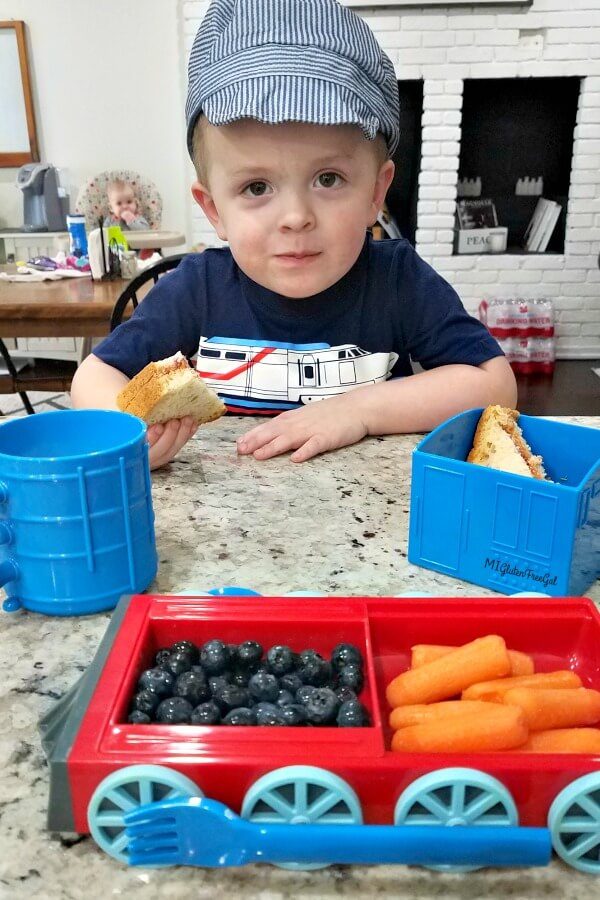
What Do Kids Think?
As many of you know, we don’t have children. Luckily, my friends let me love and spoil their little ones. This little guy LOVES trains and was beyond excited for this meal set. He was determined that it needed batteries, which it does not. Shouting “All Aboard,” he was eager for lunch!
It held his attention through meal time, which is a bonus for those who lose interest easily. He happily sat and munched away while simultaneously playing with the train parts. He’d stack it back together and take it apart again. I love the non-slip wheels that keep it firmly on the table.
For his lunch he had one serving of fruit, one serving of vegetables,and one serving of dairy. His sandwich added two servings of whole grains and one serving of protein with his peanut butter and jelly sandwich. To include whole grains, I used Canyon Bakehouse Whole Grain Gluten Free Honey Oat bread for his sandwich.

Full Steam Ahead
Hopefully, I’ve shared some helpful tips on childhood nutrition with you that leave you feeling empowered. Always seek out the knowledge of a pediatrician or dietitian should you want more information on this important topic. We’re all doing the best we can with what we’ve got. 🙂
**This post is sponsored by KidsFunwares. I was provided with a free Chew Chew train set, but all thoughts and opinions are my own. This post does contain affiliate links. Purchases made through those links, or the Amazon search bar above, help support this blog with no extra expense to you. Thank you for your continued support!
**Pictures for the food group categories were freely downloaded from Pexels.com**

Oh my gosh, my little would love this!